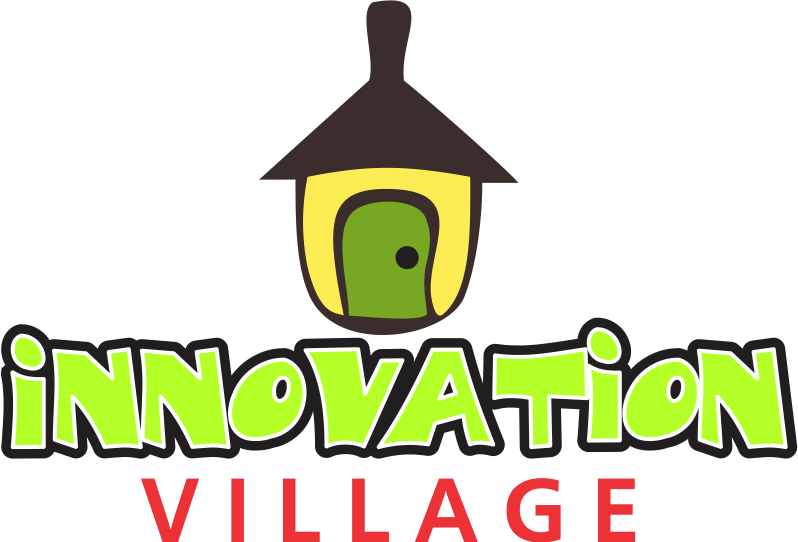OpenAI is giving away its ChatGPT Go plan for free for a whole year to every single new and existing user in India. But the real story, the one that’s way more interesting, is why. This isn’t about generosity. It’s a direct, calculated, and frankly brilliant counter-attack.
First, you have to understand what India represents. It’s not just “a” market; it is the market. We’re talking about 700 million smartphone users and over a billion internet subscribers. It’s OpenAI’s second-biggest market in the world, right after the US. But it’s also a mobile-first country, meaning millions of people are skipping the laptop and having their first AI experiences on a device that fits in their pocket.
Whoever wins India wins the future of AI adoption.
The Problem: “Likes” Don’t Pay the Bills
Here is OpenAI’s big, secret problem: They are “famous,” not “profitable,” in India.
TechCrunch reports a staggering statistic from Appfigures. In a 90-day period, the ChatGPT app was downloaded 29 million times in India. That’s massive engagement. The revenue from those 29 million downloads? Just $3.6 million.
That’s a terrible conversion rate. It means people love to play with ChatGPT, but they don’t see a reason to pay for it. This is the monetisation challenge. In a price-sensitive market, “free” is king, and “under $5 a month” (the price of ChatGPT Go) is still a big ask.
OpenAI’s “monetisation problem” became a “survival problem” when its competitors got smart.
- Google: The undisputed king of India’s internet, Google, is playing defense. They see ChatGPT as a threat to their search-and-info empire. So, what did they do? They started offering their high-powered AI Pro plan for free for a year to all Indian students. A brilliant move. Lock in the next generation of users before they even think of switching.
- Perplexity: This is the fast-moving, agile competitor. They did something even more radical. They partnered with Airtel. Just like that, they’re offering the premium Perplexity Pro for free to 360 million subscribers. They’re not trying to get users one by one; they’re getting them in a massive bundle.
Suddenly, OpenAI looked like the only one not at the party. They were being outflanked by the tech giant (Google) and the distribution-savvy startup (Perplexity).
The “Shock and Awe” Counter-Attack
This brings us to today’s news. OpenAI’s one-year-free offer isn’t just a “me too” move. It’s a “shock and awe” campaign. They’re not just matching the offer; they’re giving away the crown jewels.
Let’s look at what ChatGPT Go actually is. It’s not just a small step up. It’s the full-fat, premium experience for a mobile-first user.
- 10x more usage than the free version.
- You can create images (using DALL-E).
- You can upload files (a huge deal for students and professionals).
- Improved memory, so it actually remembers your conversations.
- And the bombshell: Access to GPT-5.
They are not giving away a better version of yesterday’s tech. They’re giving away tomorrow’s tech. For free. For a year. This is a classic “get ’em hooked” strategy.
The goal is to change user behavior. By the time that “free year” is up, they are betting that millions of students, developers, and small business owners will have so deeply integrated these advanced tools into their lives that the idea of going back to the basic free version will feel impossible.
It’s the same reason they’re holding their first-ever Indian developer conference, DevDay Exchange Bengaluru, and opening a New Delhi office. They’re not just trying to win users. They’re trying to win the developers, the very people who will build the next generation of AI apps.
This isn’t a price war anymore. It’s a war for adoption, and OpenAI just dropped the bomb. The next 12 months will decide who comes out on top.


